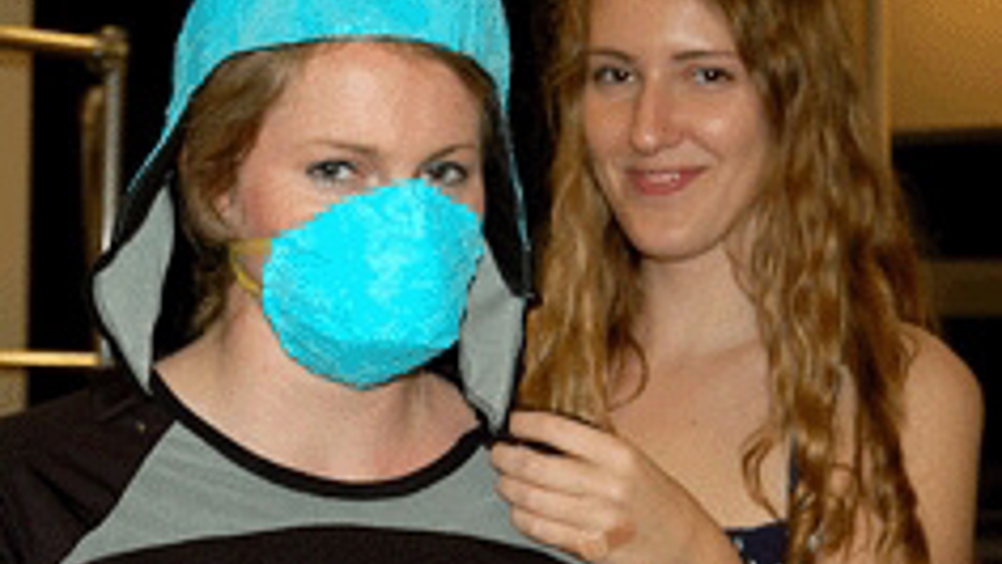Researchers develop a fabric that can selectively trap gases
A new fabric that can selectively trap gases is being developed at Cornell University, a development that could help protect soldiers and first responders from exposure to toxic chemicals.

The garments use metal organic framework molecules and cellulose fibres that were assembled in Fiber Science Prof Juan Hinestroza’s laboratory to create the special cloth.
Metal organic framework molecules (MOFs) are clustered crystalline compounds that can be manipulated at the nanolevel to create cages that are the same size as the gas they are trying to capture.
‘We wanted to harness the power of these molecules to absorb gases and incorporate these MOFs into fibres, which allows us to make very efficient filtration systems,’ Hinestroza said.
Fiber Science postdoctoral researcher Marcia Da Silva Pinto first created MOF fabrics in Hinestroza’s laboratory, working in collaboration with chemists from Prof Omar Yaghi’s group at the University of California-Los Angeles.
‘These crystalline molecules are like a powder that cannot easily become part of cloth,’ said Da Silva Pinto. After months of trying to attach the particles to the fibre, the researchers realised that the key was to bring the fibre to the particle.
Register now to continue reading
Thanks for visiting The Engineer. You’ve now reached your monthly limit of news stories. Register for free to unlock unlimited access to all of our news coverage, as well as premium content including opinion, in-depth features and special reports.
Benefits of registering
-
In-depth insights and coverage of key emerging trends
-
Unrestricted access to special reports throughout the year
-
Daily technology news delivered straight to your inbox










National Gas receives funding to develop Gravitricity underground hydrogen storage system
There can't possibly ever be a '<i>business</i>' case for the <i><b>bulk</b></i> storage of hydrogen, since Green hydrogen electrolysis...